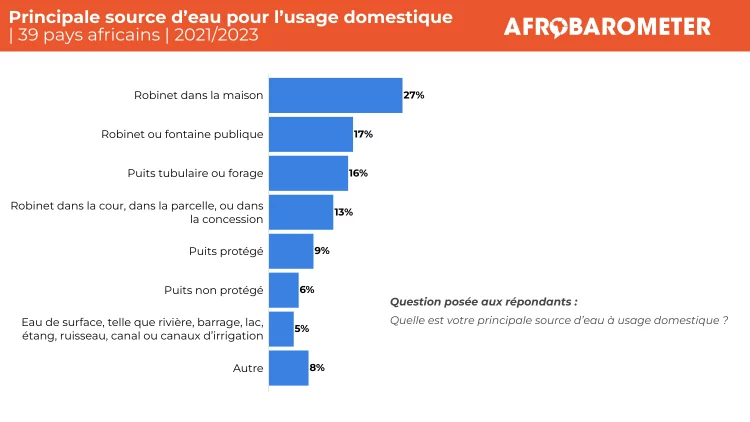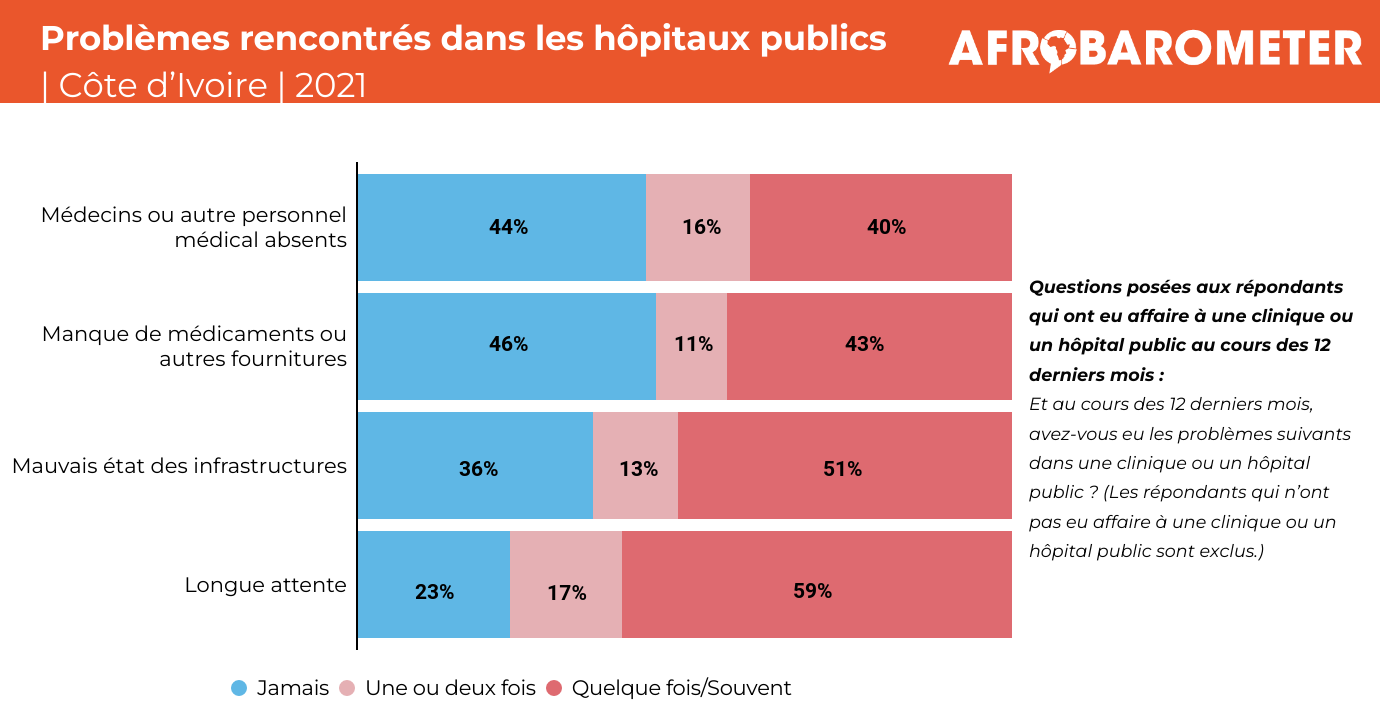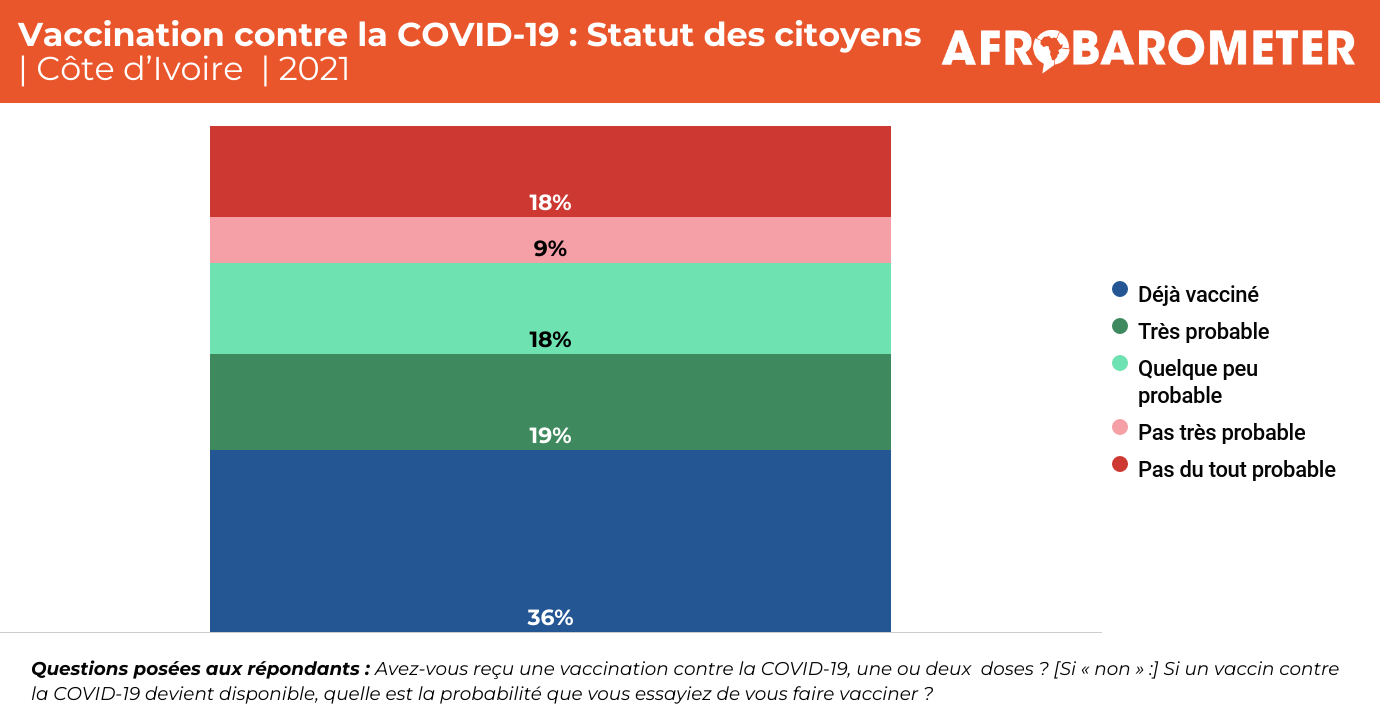- Provision of basic service infrastructure remains a challenge. On average across 35 African countries, only about two-thirds of citizens live in communities with an electric grid (65%) and/or piped water infrastructure (63%), and less than one in three have access to sewerage (30%). More than three times as many have access to cell phone service (93%), while about half (54%) live in zones with tarred or paved roads.
- Eighteen countries tracked since 2005/2006 show steady, though slow, progress in infrastructure development. On average, the availability of all five services has increased. Sewerage shows the least progress, with access increasing by just 8 percentage points over the past decade.
- Countries vary enormously in their provision of basic service infrastructure. For example, while availability of electricity and piped water is universal in Mauritius and Egypt, only 17% of Burundians live in zones with an electric grid, and only 17% of Liberians have access to piped water.
- Rural residents continue to be severely disadvantaged in most countries, with urbanrural gaps of more than 40 percentage points in the average availability of an electric grid, sewerage, and piped water infrastructure. In cell phone service, the average gap is only 10 percentage points. At the country level, urban-rural gaps vary widely, ranging up to 88 percentage points for access to the electric grid in Guinea, and 87 and 90 points for piped water and sewerage in Zimbabwe.
- Regional comparisons show North Africa with the best availability of all five services, followed closely by Central Africa. East Africa ranks last in the availability of electricity, piped water, sewerage, and cell phone service.
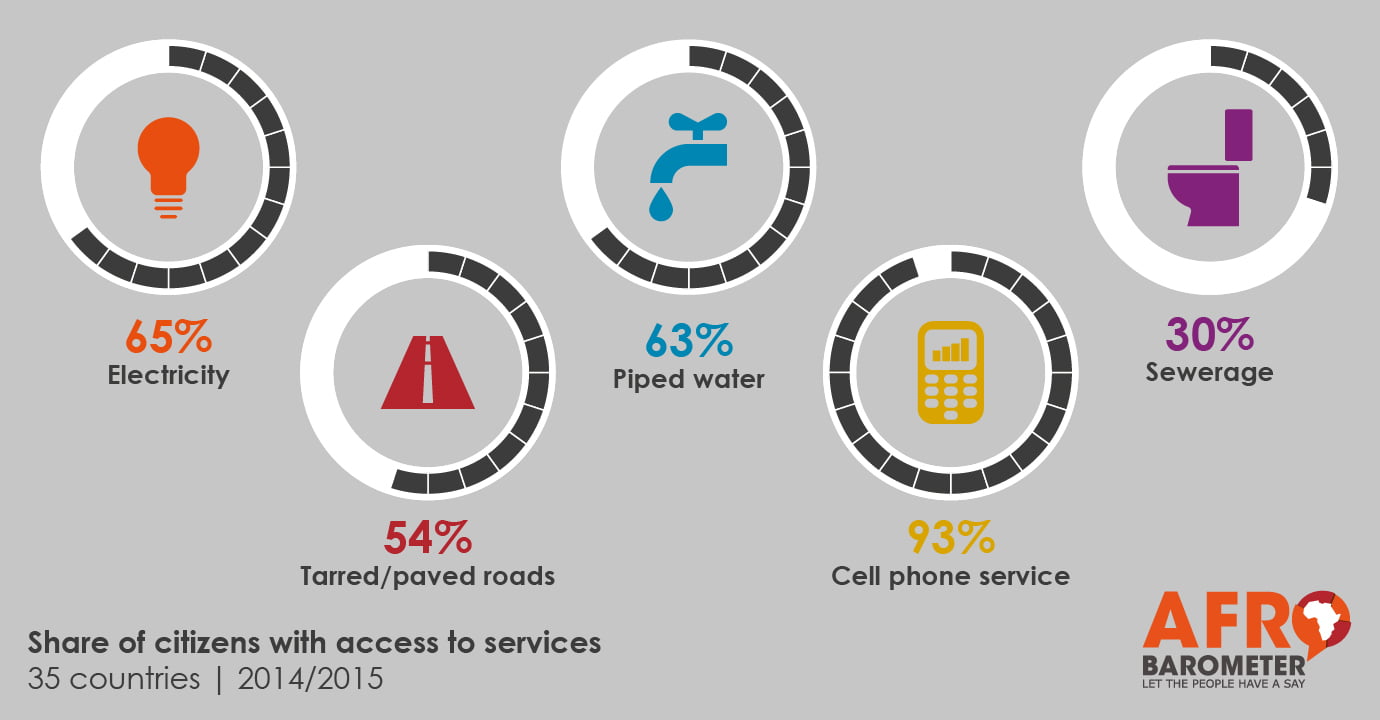
Infrastructure is a bedrock for development. As an essential part of a supportive environment for investment and livelihood, adequate infrastructure promotes economic growth, reduces poverty, and improves delivery of health and other services (World Bank, 2014; Wantchekon, 2014). The African Development Bank (AfDB), whose Strategy for 2013-2022 makes infrastructure development one of its five operational priorities, notes that “Africa still has massive infrastructure needs” yet invests only 4% of its gross domestic product (GDP) in infrastructure, compared to China’s 14% investment. The AfDB estimates that “bridging the infrastructure gap could increase GDP growth by an estimated 2 percentage points a year” (African Development Bank, 2013).
Both political leaders and ordinary citizens emphasize the importance of infrastructure development in Africa. Under the leadership of the African Union, the New Partnership for Africa’s Development, and the AfDB, the Programme for Infrastructure Development in Africa is designed to address an “infrastructure deficit in Africa [that] penalises growth and development of the continent.” As South African President Jacob Zuma said during the program’s launch in 2010, “Africa’s time has come, and without infrastructure, our dreams will never be realised” (New Partnership for Africa’s Development, 2010).
Like their leaders, African citizens call for greater investment in infrastructure. Asked what they consider the most important problems facing their country, 22% of Afrobarometer survey respondents in 32 countries cited infrastructure and transport among the top three problems that government should address – only unemployment, health, and education ranked higher. When asked about their priorities for increased government spending across six key sectors, about one in four respondents said they would prioritize infrastructure.
Related content
